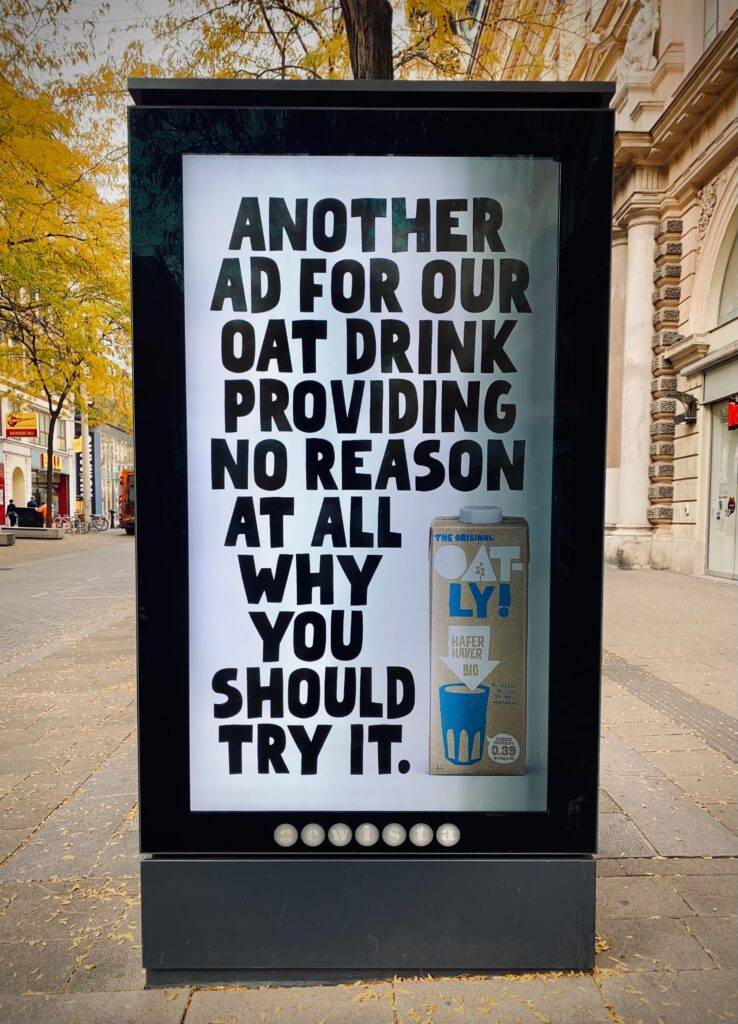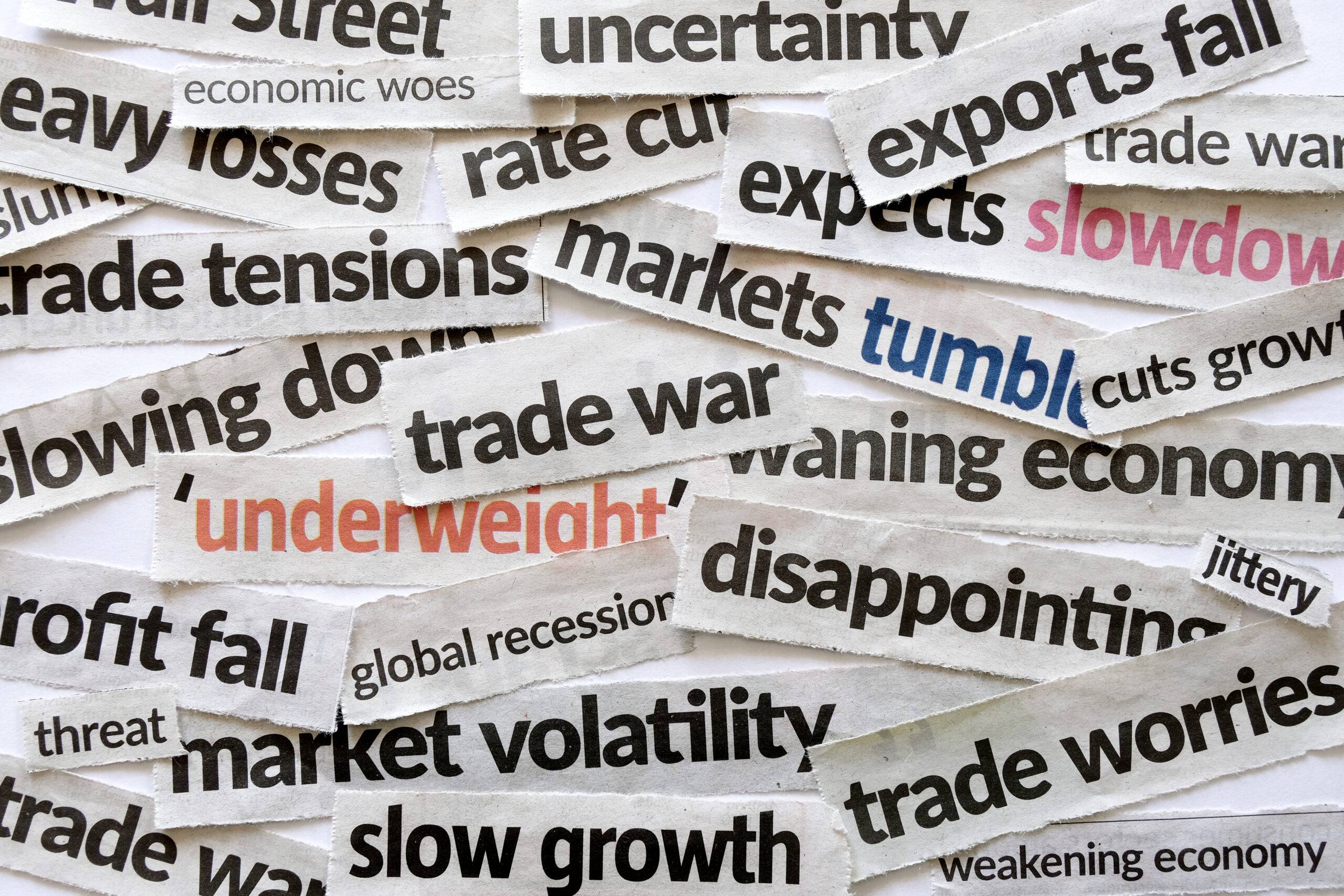So our headline got you here… but what next?
Well, based on the title, you’re probably hoping to find a magic formula to make you shine like a rockstar in your next team meeting. Unlike traditional clickbait headlines we actually do have resources for optimizing your writing style toward a higher conversion method. Will it actually produce 300% increase in conversion? Let the metrics monitoring begin!
↓ Skip to How to Write Headlines that Convert 300% More ↓
But here’s something else to consider – you were just baited. We used a method in marketing called Clickbait that seems to really bring the opinions out of the shadows. No worries – we’re not fans of clickbait either. But let’s unpack why clickbait headlines actually do work in hopes of extracting any goodness that we can reapply to our much integrity-driven approach to customer engagement.
Yes, of course, clickbait headlines work – to get the click.
Even when we KNOW they are clickbait – we still find ourselves drawn to them like moths to the flame. Clickbait headlines are designed to grab attention and get people to click on a link, even if the content of the article does not live up to the headline. Your KPI of boosting traffic will increase.
Here are some relevant statistics about clickbait headlines:
- A study by HubSpot found that clickbait headlines get 50% more clicks than headlines that are not.
- Another study by Copyblogger found that headlines that use power words get 38% more clicks than headlines that do not.
- And a study by Neil Patel found that headlines that include numbers get 40% more clicks than headlines that do not.
These statistics show that clickbait headlines can be very effective at getting people to click on links.

However, it is important to note:
Clickbait headlines can also be harmful to your brand. If you use clickbait headlines too often, people will start to distrust your brand and may stop clicking on your links altogether. This type of marketing tactic rarely results in customer loyalty. It leads more to their jaw-tightening frustration. [insert aggressive clicking of the back button]
Here are some examples of clickbait headlines:
- You won’t believe what happened next!
- This one weird trick will change your life!
- This is the best thing since sliced bread!
- Write headlines that convert 300% more!
These headlines are designed to be attention-grabbing and to make people curious about what is inside the article. However, they often do not deliver on their promises.
The psychographics of individuals who click on clickbait
According to a 2021 study by the University of Southern California, people who are more likely to click on clickbait headlines are those who are:
- Impulsive: They tend to make decisions quickly and without thinking things through.
- Neurotic: They tend to be anxious and worried, and they may be more likely to click on headlines that promise to relieve their anxiety.
- Open to experience: They are curious and adventurous, and they may be more likely to click on headlines that promise to offer them something new and exciting.
- Low in self-control: They have difficulty resisting temptation, and they may be more likely to click on headlines that promise them something they want, even if it is not something they need.
- High in sensation seeking: They are looking for excitement and stimulation, and they may be more likely to click on headlines that promise to provide them with a thrill.
It is important to note that these are just general trends, and not everyone who fits into these categories will be more likely to click on clickbait headlines. However, if you are trying to create headlines that are more likely to get clicks, it is worth considering the psychographics of your target audience.
Do these individuals sound like the targeted customer base you’d like to attract?
If so – consider carefully applying these methods responsibly with respect and integrity.
When to Use Clickbait
Seriously? You’re still considering it? If you’ve read this far down this article and you’re still considering the use of clickbait you may have deeper issues and insecurities that will lead to a train wreck in your future career choices. Let’s help you course-correct.
It is important to weigh the pros and cons carefully. Clickbait headlines can be effective at getting people to click on links, but they can also be harmful to your brand. It is important to understand the psychological reasoning behind the effectiveness of a clickbait tactics and then extract that superpower to be applied to your more ethical marketing methods.
Writing Headlines that Convert 300% More
Integrity in your Headline Methods
As we read above clickbait works because of the demographic, and more specifically the psychographic audience, it targets. What if we were to use the tactic of a clickbait headline and then actually deliver the implied promise? Hmmm 🤔 where have you seen that before? Yep – this article is an example of a more ethical approach to delivering on promise in a headline that is “attention-grabbing.”
Here are some tips for writing effective headlines that are not clickbait:
- Keep your headlines short and to the point.
- Use strong, persuasive language.
- Use numbers and statistics.
- Use keywords that speak to the persona’s psychographics.
- Test different headlines to see what works best.
Additional tips for writing headlines that are not clickbait:
- Be honest and transparent. Don’t make promises that you can’t keep.
- Be relevant to your audience. Write headlines that will appeal to the people who are most likely to be interested in your content.
- Be creative. Use your imagination to come up with headlines that are unique and attention-grabbing.
Actual 300% Results?
Now – will these tips help you convert every article 300% more? In a “perfect world” of course they would. We’ve seen results like that. But we also know that it takes time to monitor results, track the data, and pivot your approach. Letting our customers dictate the terms of their engagement will always bring a happier more loyal customer to us. We need to be respectful of their feelings, their privacy, and their needs at their current point in the customer journey.
What’s amazing though – if you don’t see this “yield to the consumer” as a frustration, but more of a fascination into their deepest desires you’ll hit a goldmine of data. Optimize your content to reflect that data and you’ll see the conversion boost!
If you found this article helpful you should see the impact your blog 😹 images have on conversion! Convert higher with great blog (cat) images >>
By following these tips, you can write headlines that will help you to increase the number of people who click on your links and convert into customers without resorting to clickbait.



